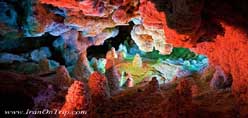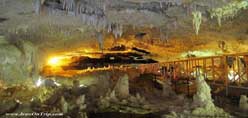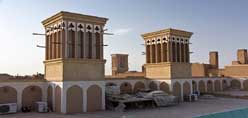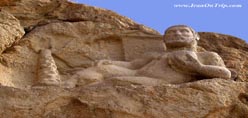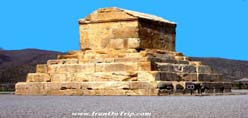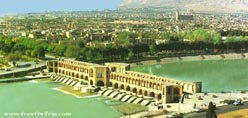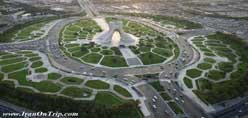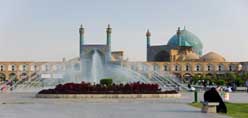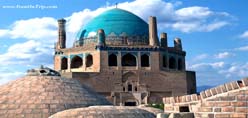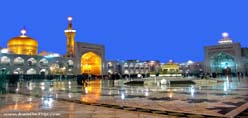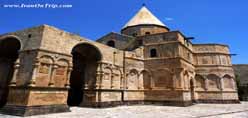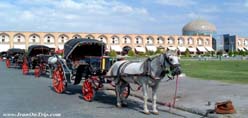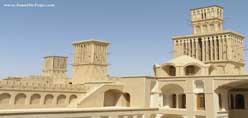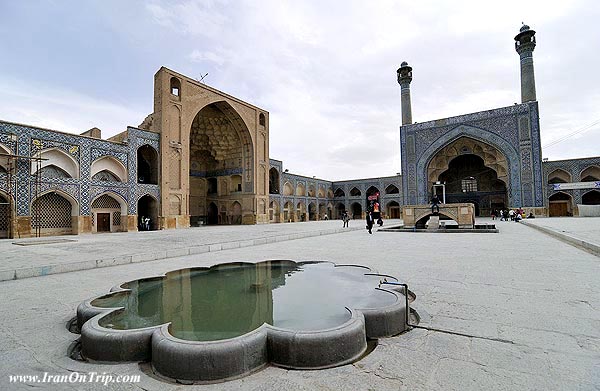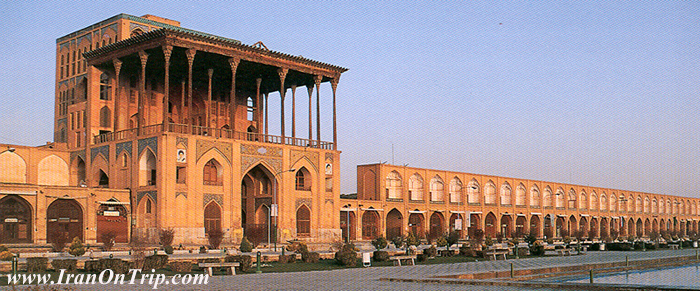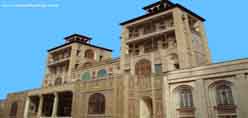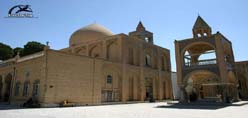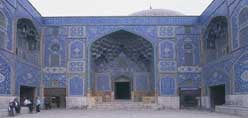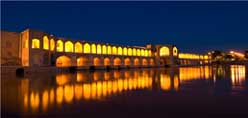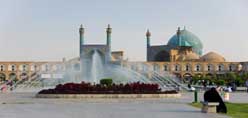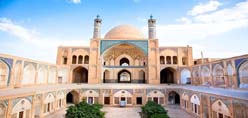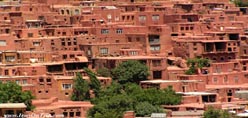Harun Velayat Shrine
The construction of Harun Velayat or Harunieh, is composed of a cupola, a tomb-box, two courtyards and two portals beautifully ornamented with mosaic tiles delicate scrolls, and complex designs. It was erected in 1523 AD, in the reign of the Safavid king Shah Ismail I, by the order of one of his reputed military commanders named Dormish Khan, and repaired under other sovereigns of the same dynasty. Innumerable inscriptions in different calligraphic styles, set on mosaic tile background, including the inscription of its ancient stone trough, are found in this monument. Some lines of verse from Safavid and Qajar periods can also be seen in the mausoleum and the porch. The superb tile-decorated cupola of the monument also bears an inscription in Kuffic around its base.
The double-layer dome is ornamented with turquoise tiles. The interior decorations contain excellent murals of the Ghahveh-Khaneie (coffee house) style with themes of innocent and immaculate Shiite Imams. ((This genre of traditional Iranian painting was employed in tea houses and coffee shops illustrating epic tales and religious stories and events. Storytellers would use the relevant scenes to highlight their tales as the audience took their evening leisure)). The dome chamber above these paintings is decorated with tile works.
.....
.....
.....

.jpg)


